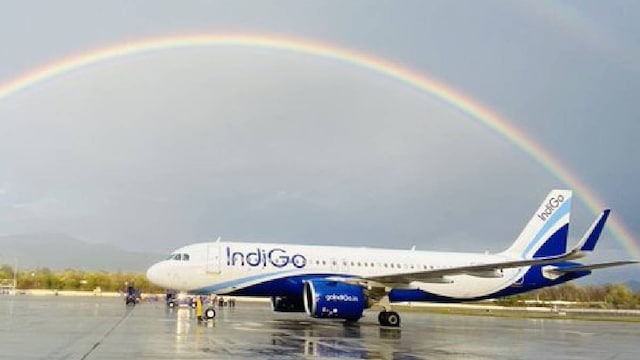
Follow WOWNEWS 24x7 on:
Updated: June 10, 2025 15:58

IndiGo, India’s largest low-cost airline, is set to enhance its international connectivity with the launch of direct flights from Mumbai to Almaty and Tashkent, while continuing its daily Delhi–Tbilisi operations. This move is a significant step in IndiGo’s strategy to strengthen ties between India and Central Asia.
Key Highlights
1. New Mumbai–Almaty Route: IndiGo will start four weekly flights from Mumbai to Almaty from July 1, 2025, using Airbus A320neo aircraft, marking a shift towards Mumbai as a key international hub.
2. Mumbai–Tashkent Service: Direct flights between Mumbai and Tashkent will commence on August 1, 2025, also operating four times weekly with Airbus A320 aircraft. This adds a second route to Uzbekistan alongside the existing Delhi–Tashkent service.
3. Delhi–Tbilisi Continuation: IndiGo maintains daily flights from Delhi to Tbilisi, utilizing Airbus A320neo aircraft, solidifying its presence in the Caucasus region.
4. International Expansion Strategy: These launches are part of IndiGo’s broader plan to add 10 new international destinations in 2025, spanning Europe, Southeast Asia, and Central Asia.
5. Enhanced Connectivity: The new services provide direct links between India’s financial capital and major Central Asian cities, catering to both business and leisure travelers.
6. Fleet Deployment: IndiGo will use its standard Airbus A320/A320neo fleet for these routes, ensuring operational consistency and efficiency.
7. Economic and Tourism Impact: Direct air links are expected to boost business interactions and tourism between India and Central Asia, particularly in sectors like textiles, pharmaceuticals, and IT.
Route Details
1. Mumbai–Almaty: 4 weekly flights, effective July 1, 2025
2. Mumbai–Tashkent: 4 weekly flights, effective August 1, 2025
3. Delhi–Tbilisi: Daily flights, ongoing
Strategic Significance
IndiGo’s expansion into Central Asia reflects its ambition to tap into underserved markets with strong business and tourism potential. The airline’s low-cost model makes travel more accessible, stimulating demand for both business and leisure travel. By leveraging its vast domestic network, IndiGo can efficiently channel international traffic through key Indian hubs like Mumbai and Delhi.
Operational and Commercial Considerations
1. Aircraft Utilization: IndiGo’s Airbus A320/A320neo fleet is ideal for these medium-haul routes, balancing capacity and efficiency.
2. Schedule Flexibility: The four-times-weekly schedule for Mumbai–Almaty and Mumbai–Tashkent provides ample options for travelers while optimizing aircraft usage.
3. Market Positioning: IndiGo’s expansion is timed to capitalize on growing demand for direct connectivity between India and Central Asia, reducing reliance on connecting flights through Middle Eastern hubs.
Impact on Travelers and the Industry
1. Reduced Travel Time: Direct flights eliminate layovers, making journeys between India and Central Asia faster and more convenient.
2. Cost Efficiency: IndiGo’s low-cost approach is expected to make air travel more affordable for middle-class passengers in both regions.
3. Tourism Boost: The new routes are likely to increase tourism flows, particularly for travelers interested in exploring the cultural and historical attractions of Almaty, Tashkent, and Tbilisi.
4. Business Opportunities: Enhanced air connectivity will facilitate business exchanges and investment between Indian and Central Asian enterprises.
Looking Ahead
IndiGo’s latest expansion is part of a larger plan to grow its international reach from 40 to 50 destinations in the current financial year. The airline is also investing in long-haul capabilities, with plans to introduce wide-body aircraft on select routes. This aggressive growth strategy is supported by IndiGo’s strong financial position and its reputation as India’s most reliable low-cost carrier.
Summary
IndiGo’s launch and resumption of direct flights to Almaty, Tashkent, and Tbilisi mark a significant milestone in its international expansion. By enhancing connectivity between India and Central Asia, the airline is set to unlock new opportunities for business, tourism, and cultural exchange, while reinforcing its leadership in the Indian aviation market.
Sources: Aviation A2Z, AeroRoutes, Asian Aviation, Times Aerospace, Qazinform





